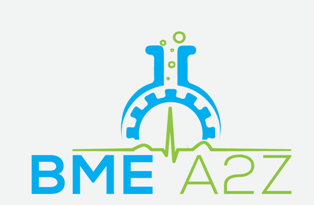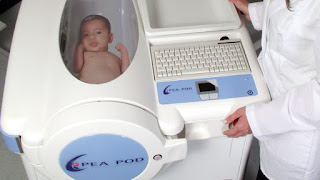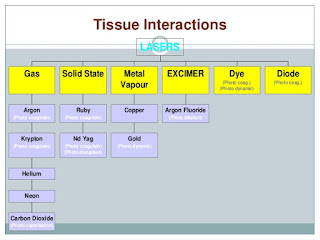The endoscope is a high-tech equipment that allows the doctor to see the inside of the human body through a television microchip or optical fibers that collects digitized images to be observed on a monitor and printed on photographs and recorded on video.
The internal organs are seen on a screen in the operating room. The doctor may also use pliers or scissors with the endoscope to remove tissue for biopsy, which is a much less invasive method than surgery would be.
Endoscopies are a growing procedure worldwide, and the equipment can be expensive for clinics or hospitals to replace. That is why, as with so many other frequently used equipment, preventive maintenance is essential to keep costs down and the accidental transfer of bacteria. Infection control is a serious matter, and only the highest level of precaution will result in the patient safety. If you are given the job to inspect and apply a full preventive maintenance procedure (PPM) then we recommend that you have a look at the IPAC PPM checklist
Patient safety is the number one concern with any medical procedure. Infections caused by improperly cleaned endoscopes are a frightening issue in the medical community and, above all, for potential patients. When not cleaned immediately or properly, the bacteria can form a biofilm that will not clear easily when cleaned. Due to the nature of endoscope's use, there is a variety of contaminants within the flexible tubes that can be difficult to clean properly, and due to their composition, some cannot be sterilized by safety heat. This equipment is of complex design, so paying attention to details and following procedures is crucial.
The American Society of Gastrointestinal Endoscopy notes that facilities in which a digestive endoscopy is performed must follow an effective quality control program to ensure that endoscopes are reprocessed correctly. Quality control programs for endoscopy should include systems that guarantee the availability of equipment and adequate supplies at all times, and strict procedures to report possible problems.
Preventive maintenance includes all periodic inspections of instruments and equipment, cleaning, lubrication, adjustment, verification and information of defective components that could fail, altering the operational status of the equipment before the next inspection.
Damage to an endoscope can cause costly repairs, so it is important to familiarize yourself with proper care and handling techniques. We hope these guidelines help your endoscope to function efficiently for years to come.
The best and most efficient way to clean this complicated equipment is immediately after using a pre-cleaning protocol and then a complete cleaning and disinfection or sterilization. The sequence of reprocessing of endoscopes should be as follows: Pre-cleaning, cleaning, rinse, drying, disinfection, wipe, drying and storage.




